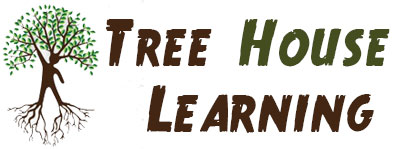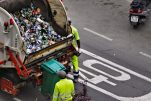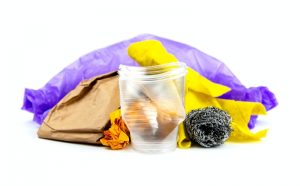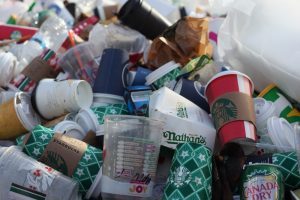What happens to our trash when we put it in the bin? Do you know? This activity will help you discover just that…
The Science of Rubbish
You will need:
- An outside space
- A wooden board or plank, approx. 3 ft long
- Nails
- Hammer
- 5-8 sample materials of your child’s choice. It is good to have a variety of material from food parts (peels and cores) to food wrappings (cartons, plastic wraps, paper packaging) to newspaper clippings and/or any styrofoam or other things you have of interest in your house. Use things you use frequently in your family for a more powerful experience.
- Notepad and pen or pencil
- Shovel
Now, take samples of your rubbish (for example, it is not necessary to include a full milk carton so cut off one piece and pop the rest in the recycling) and have your child nail them to the board.
Make a simple chart with your notepad and pen or pencil and have your child fill in which item is in which place on the board (just in case you can not recognise them when you dig them up later). This will help you to note the observations you make later.
Find a quiet corner of your garden and have your child dig a hole large enough to put your plank in. It does not matter how deep it is, just ensure the full plank and all the rubbish is covered. Mark where both ends of the plank are so you know where to dig later when you come to investigate. If you do not have somewhere that you want to dig that large of a hole you can find a quiet corner of the garden and leave the plank lying on the ground upside down you just need to make sure the nails are not poking through or that if they are the plank is in a place it will not get stepped on.
Leave your plank in place for a length of time (weeks) before going back to dig it up and see which items are still there and what is left of others. See if you can have a go at predicting before you dig up your plank. After you have a look at it, put it back in the earth and wait another length of time (weeks) before digging it up again to see if anything has changed.
Let us know what you bury! Show us pictures of you digging a hole in your garden or of your predictions. We would love to hear from you on Facebook, twitter and/or instagram.
Happy rubbish investigating!
April








Leave a Reply